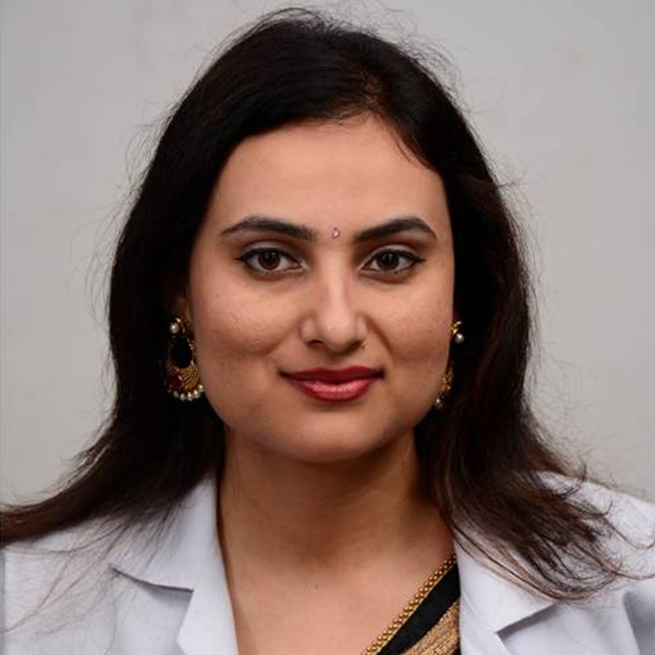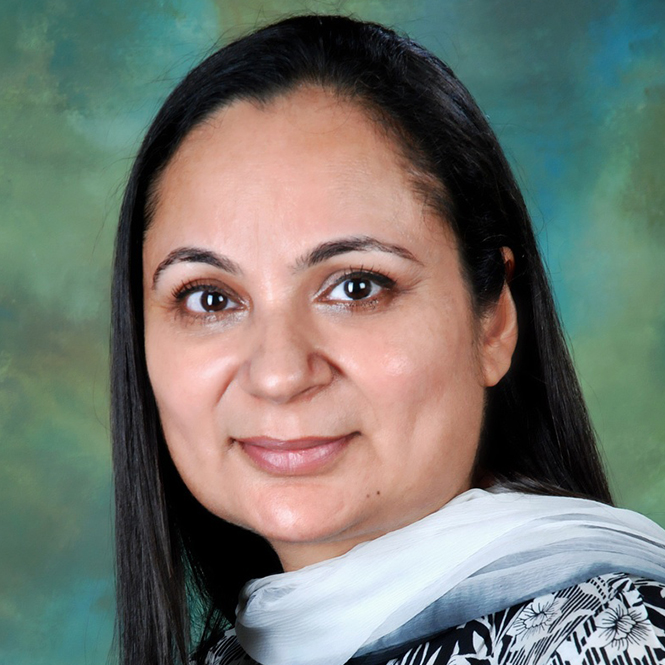The word “gender” makes its way frequently into ophthalmic literature. But the gender of authors themselves rarerely comes up. Now, gender is in focus. In order to evaluate trends in the prevalence of women authors in ophthalmology over recent years by authorship, position, and field of research, Dr. Noa Geffen, M.D., from Sackler Medical School at the Tel Aviv University (Israel) presented study findings at the American Society of Cataract and Refractive Surgery (ASCRS) 2017 meeting in Los Angeles, California, USA.
In this observational study, trends in the gender distribution of authors in six ophthalmology journals between January 2002 and December 2014 were reviewed. The study sought to investigate the proportion of women authors in different time frames, and to identify any trend that increased this proportion through time in different categories. Findings suggest that the contribution of female authors remained below the 50% mark (in all categories). Female authorship was observed to be at 34.7% in clinical journals, 36.8% in basic science journals, and 30.6% in subspecialty journals.
Observing the trends from year 2002 to 2014 produced interesting results. For example, a steeper rise in the first authorship was observed as compared to the last authorship in terms of female contribution (p<0.001). However, there was no significant rise over the years for last authorship in subspecialty journals. For all three authorship positions, female contribution was observed to be consistently higher in general ophthalmology as compared to subspecialty journals (p<0.0001). Where no significant rise in female authorship was observed over the years in the last authorship category in subspecialty journals, a steep rise in percentage of first female authorship was observed for general journals.
While the study showed consistency in the overall increase of women’s contributions to the field of ophthalmology, the findings demonstrated that at the same time, a gap still exists in roles of clinical practice and scientific leadership. Though the rising graphs are predictive of gender equality in authorship in the coming future, the identified gaps warrant some scrutiny. In this regard, we have asked two notable female ophthalmologists in India to help us shed some light on the matter.
Part of the reason we see less authorship by female ophthalmologists could be because of a lack of involvement in the business aspects of ophthalmology, like investing. “Somehow in Indian society, investment and technology intensive specialties, like ophthalmology and radiology, witness more set-ups by male professionals than female professionals,” said Dr. Vishali Gupta, a professor of ophthalmology from the Postgraduate Institute of Medical Education and Research (PGIMER) in Chandigarh, India. “There is a dire need for such specialties to stay up-to-date with whatever is latest in the field to provide the patients with the most advanced form of treatment modalities.”
“Someone training at a smaller facility doesn’t get access to newest technology. So, in order to keep oneself abreast with latest in the field, one has to opt for an advanced training facility, and there are only a few in the country,” she added.
After completing their degree in ophthalmology, men can easily go to multiple training centers. But it’s not the same for women, who play a central role in responsibility for their families. “Women are committed in whatever they do, and they rise at it. When it comes to women authorship, we shouldn’t expect the same number as we have far more male ophthalmologists in the field,” Dr. Gupta explained.
Dr. Gupta believes in the “go-getter” attitude to make the best of available opportunities. “The field of ophthalmology is driven by technology, which in turn is driven by commerce, so things move very fast and get obsolete in a span of few years. One has to be up-to-date with the most recent developments, even if there are no resources to acquire the same,” said Dr. Gupta, who believes in staying well-equipped with knowledge in order to deal diligently with patients.
Dr. Sheetal Brar, a practicing ophthalmologist at Nethradhama Superspeciality Eye Hospital in Bengaluru, India, says she put a lot of thought into choosing ophthalmology as her chosen career: “Ophthalmology offers a good combination of clinical and surgical exposure, it does not have too many emergencies or risk to life, it provides a good work-life balance, and it’s rewarding too.”
On the role of gender in ophthalmology, Dr. Brar continued: “There was a time when patients used to doubt the competency of female ophthalmologists and would prefer a male ophthalmologist for consultation or surgery.”
However, she says that now more women are taking up ophthalmology, causing this trend to shift in India: “With women as leading ophthalmologists in many institutes and societies, the projection has improved to a vast extent.”
When asked about her mantra to cope with tough competition in this ever-changing field as a female ophthalmologist, Dr. Brar said: “In this highly competitive world, I think it is very important to be focused on your goals, to stay tuned to recent advancements and to try to make the best use of every opportunity you get. If you are able to do so, it doesn’t matter if you are man or a woman.”
Before joining Nethradhama Eye Hospital, Dr. Brar worked with a medical college in North India where the department was dominated by male ophthalmologists. She shares that as a woman ophthalmologist, she was denied surgical opportunities, was made to take classes for undergraduate students, and had to see patients in the outpatient department. Ultimately, the lack of encouragement, coupled with fewer facilities to do clinical research and the unfavorable environment to grow further, forced her to take a leap and quit the facility.
Dr. Gupta had the opposite experience of Dr. Brar. “Even though the field of ophthalmology is said to be dominated by men, I have never felt a difference at the workplace as an ophthalmologist,” she said. Dr. Gupta finds herself fortunate to have had the environment and colleagues that allowed her to do what she wanted to do without any gender bias.
For Dr. Brar, leaving an unfulfilling job opened doors to the opportunity to be mentored by Dr. Sri Ganesh, Chairman & Medical Director at Nethradhama Group of Hospitals. Dr. Ganesh not only helped her attain excellent clinical and surgical skills, but also gave her ample opportunities to perform clinical research and present her work at national and international platforms.
Dr. Brar believes in utilizing every single opportunity in the best possible way in order to achieve the desired goal. “Don’t let failures dishearten you. Surround yourself with positive people who encourage you and guide you to make the right decision at the right time.”
For aspiring women ophthalmologists, Dr. Gupta provides this final advice: “We should always stand up for the decisions we make. We should try to make the best of what we have. Learning is not bound by time – you can always take charge and do it when you feel the time is right, perhaps once your kids are grown. Complaining and playing the blame-game gets doesn’t get us anywhere. Keep yourself abreast with the latest in the field. You always get what you deserve, not what you desire.”
Reference:
ASCRS 2017 Eposter #32343-0235: Trends in Authorship of Papers in Major Ophthalmology Journals By Gender, 2002 – 2014 by Dr. Noa Geffen, M.D., Israel





